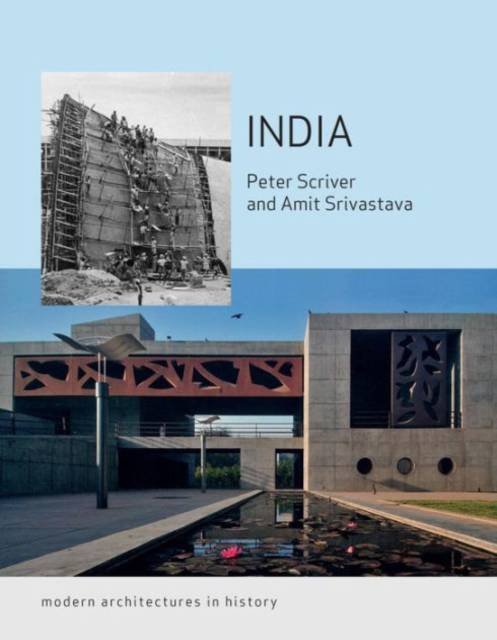
- Retrait gratuit dans votre magasin Club
- 7.000.000 titres dans notre catalogue
- Payer en toute sécurité
- Toujours un magasin près de chez vous
- Retrait gratuit dans votre magasin Club
- 7.000.000 titres dans notre catalogue
- Payer en toute sécurité
- Toujours un magasin près de chez vous
Description
A place of astonishing contrasts, India is home to some of the world's most ancient architectures as well as some of its most modern. It was the focus of some of the most important works created by Le Corbusier and Louis Kahn, among other lesser-known masters, and it is regarded by many as one of the key sites of mid-twentieth century architectural design. As Peter Scriver and Amit Srivastava show in this book, however, India's history of modern architecture began long before the nation's independence as a modern state in 1947. Going back to the nineteenth century, Scriver and Srivastava look at the beginnings of modernism in colonial India and the ways that public works and patronage fostered new design practices that directly challenged the social order and values invested in the building traditions of the past. They then trace how India's architecture embodies the dramatic shifts in Indian society and culture during the last century. Making sense of a broad range of sources, from private papers and photographic collections to the extensive records of the Indian Public Works Department, they provide the most rounded account of modern architecture in India that has yet been available.
Spécifications
Parties prenantes
- Auteur(s) :
- Editeur:
Contenu
- Nombre de pages :
- 304
- Langue:
- Anglais
- Collection :
Caractéristiques
- EAN:
- 9781780234373
- Date de parution :
- 15-01-16
- Format:
- Livre broché
- Format numérique:
- Trade paperback (VS)
- Dimensions :
- 170 mm x 218 mm
- Poids :
- 839 g







